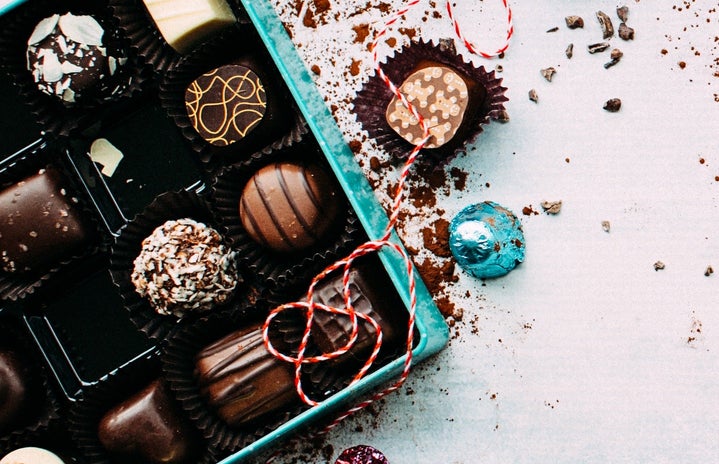What event or holiday do you think of in February? Yes, it’s Valentine’s day! Are you thinking of giving chocolates to your friends, partners, family, and yourself this year? Sweet chocolates can make people happy with just one bite, but have you ever wondered where the Valentine’s chocolates lined up in the shops will go on February 15th? Let’s take a look at the food waste that occurs on Valentine’s Day.
- Chocolate Overflowing in the City
-
At this time of year, shopping centers and department stores are filled with gorgeous chocolates. Various sweets from many companies lined up in stores for the coming Valentine’s Day. But where will these chocolates go after the holiday?
- A Country with Lots of Food Waste: Japan
-
The amount of food waste in Japan is 6.12 million tons in a single year in 2017, according to the Ministry of Agriculture, Forestry and Fisheries. The amount of food waste in Japan along is about twice the amount of food assistance in the world, which is 3.2 million tons as calucalated by the UN World Food Program. Almost half of them come from businesses while the other half come from homes (2016, Ide “Shoumi-kigen no Uso”). In addition to the expiration dates, there are various reasons for food to be tossed out, including late delivery, expired sales, and unsold limited items. Products of good quality are thrown away without being eaten by anyone.
- Where Do Christmas Cakes and Valentine’s Chocolates Go After the Holiday?
-
Among the waste from businesses, holiday-related food waste is a big problem. Mass-produced products for Christmas, New Year’s Day, Valentine’s Day, and other events become garbage as soon as the day after the holiday. Companies predict demand, but the supply is significantly higher due to the possibility of shortages and and the greater visual impression of the display’s appearance. The beautifully arranged chocolates are undoubtedly gorgeous, but it’s kind of sad that they are made for disposal.
- The Problem is Not Just Disposal!
-
Demand for chocolate fluctuates significantly over the year. Its consumption varies between winter and summer, but it is by far the highest in February (2019, Statistics Bureau, Ministry of Internal Affairs and Communications). It is challenging to increase cacao production immediately, because it is a natural crop. There are also ethical issues in cacao production such as child labor.
There’s nothing wrong with enjoying Valentines day! It’s a beautiful time to interact with people through the event and share feelings that are usually embarrassing to say. But let’s remember what the holiday is about, so we don’t get swayed by excessive commercial campaigns made by corporations. One way is to even out the consumption of a product over time by purchasing during the holiday and at other times. Even if you don’t buy many ready-made products, you can make a special dish with your friends, family, and partners, and think about the meaning of the event.



